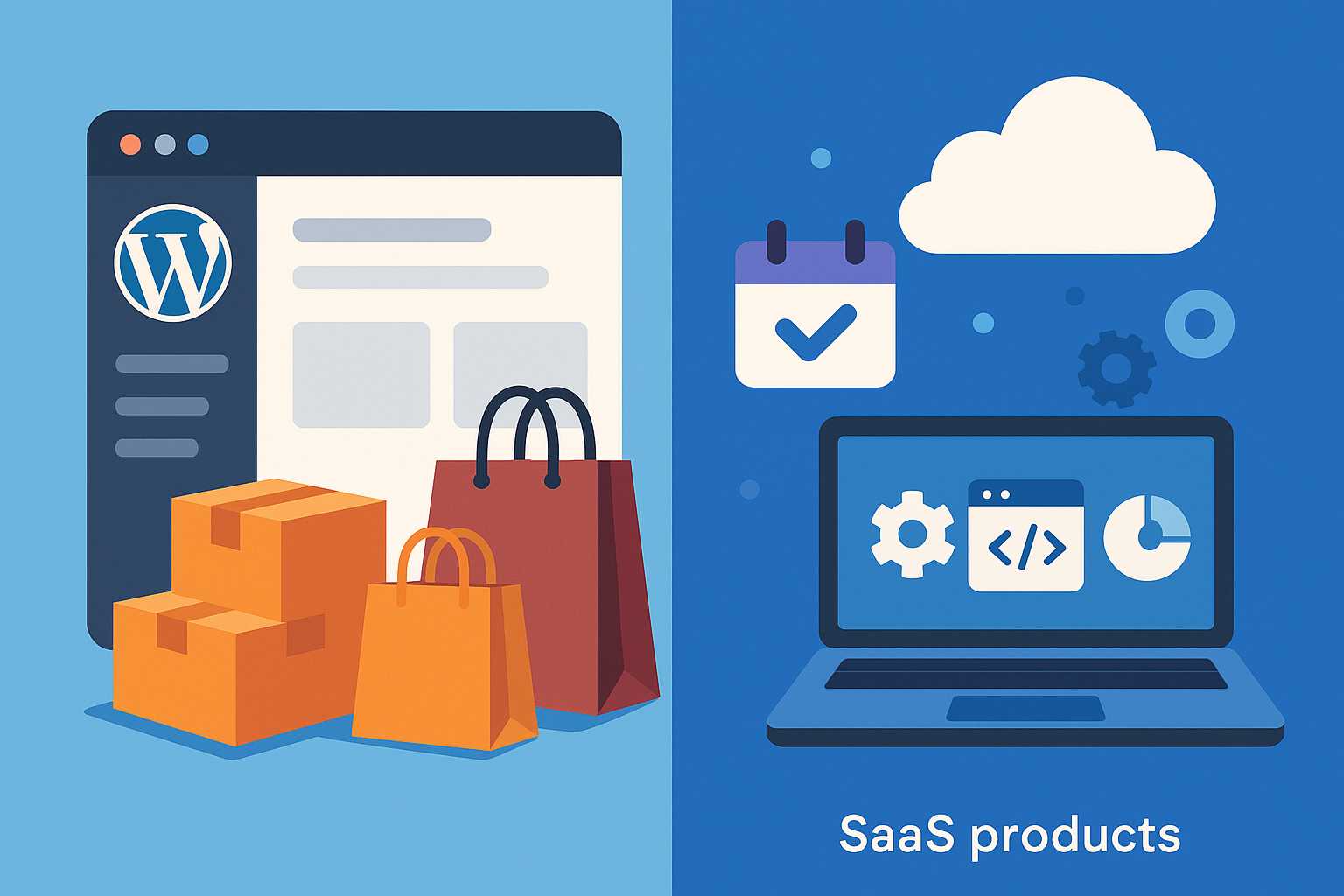WordPress is no longer just a platform for bloggers; it has evolved into a powerful tool for building fully functional e-commerce sites. Whether you want to sell shippable merchandise or digital SaaS products, WordPress provides the flexibility and extensibility to meet your needs.
Selling Shippable Merchandise
The most common scenario for e-commerce is selling physical products that require inventory management, shipping options, and payment gateways. This is made seamless with plugins such as WooCommerce, the de facto standard for WordPress e-commerce.
Getting Started with WooCommerce:
- Install and Configure WooCommerce: Find WooCommerce in the WordPress Plugin Directory, install it, and use the setup wizard to configure your store location, currency, and shipping zones.
- Add Products: Under Products > Add New, enter the details of your merchandise, upload images, and set pricing and stock quantity.
- Shipping and Tax: Define shipping classes and methods for different regions. WooCommerce also supports automated tax calculations via extensions like Jetpack.
- Payment Gateways: Choose from built-in payment options like PayPal, Stripe, or bank transfer. Extensions support additional gateways as your business grows.
- Order Management: Track orders, customer addresses, and shipment status from an integrated dashboard.
Additional Considerations:
- Inventory Management: WooCommerce and many other plugins provide tools for stock management, low inventory alerts, and backorders.
- Customizing Emails: Personalize order confirmations and notifications to enhance the customer experience.
- Analytics and SEO: Integrate with Google Analytics and use SEO plugins to maximize your store’s visibility.
Selling SaaS Products with WordPress
While WordPress is renowned for physical goods, you can also sell digital and SaaS products effectively by combining e-commerce plugins with membership and subscription tools.
Scenario: Selling SaaS with Subscriptions
Suppose you have built a SaaS tool and want to allow users to sign up and manage their subscriptions via your WordPress site.
Steps:
- Choose a Subscription Plugin: Use plugins like WooCommerce Subscriptions or MemberPress to handle recurring billing and access controls.
- Product Setup: Create a product representing access to your SaaS application. Set it as a “virtual” product, so no shipping is required.
- Account Management: Use plugins that integrate with your SaaS application for SSO (Single Sign-On) or API-based provisioning.
- Payment Processing: Ensure your subscription plugin supports your preferred payment gateways for recurring billing.
Recommended Plugins for SaaS:
- WooCommerce Subscriptions: For recurring products or licenses.
- WP Simple Pay: For fast integration with Stripe and simple recurring payments.
- Restrict Content Pro / MemberPress: For managing access to web-based SaaS apps or gated content.
Final Thoughts
WordPress stands out as a flexible platform, powering online stores for both physical goods and SaaS solutions. With the right combination of plugins and configuration, you can run a robust, scalable e-commerce operation from a familiar interface.
Ready to power up your e-commerce business? Explore WordPress’s extensive plugin ecosystem and transform your site into a digital storefront for any product type.


Leave a Reply